How to Train a Dog to Accept Medication Without Stress – Proven Techniques for Success
As a Canine-Assisted Therapy Trainer, I’ve had the pleasure of working with countless dogs and their owners. One thing I’ve noticed time and time again is how stressful it can be for both dogs and their humans when it comes to administering medication. Whether it’s a daily pill, liquid medicine, or even a topical treatment, the process can sometimes be overwhelming for all involved. If you’re a dog owner struggling with how to train a dog to accept medication without stress, you’re definitely not alone. Fortunately, with patience, consistency, and a bit of know-how, you can make this process smoother and less stressful for both you and your furry friend. In this guide, I’ll share some effective strategies based on my experience working with dogs, plus some tips and tricks that will help you train your dog to take medication with ease.
Understanding Your Dog’s Stress Response
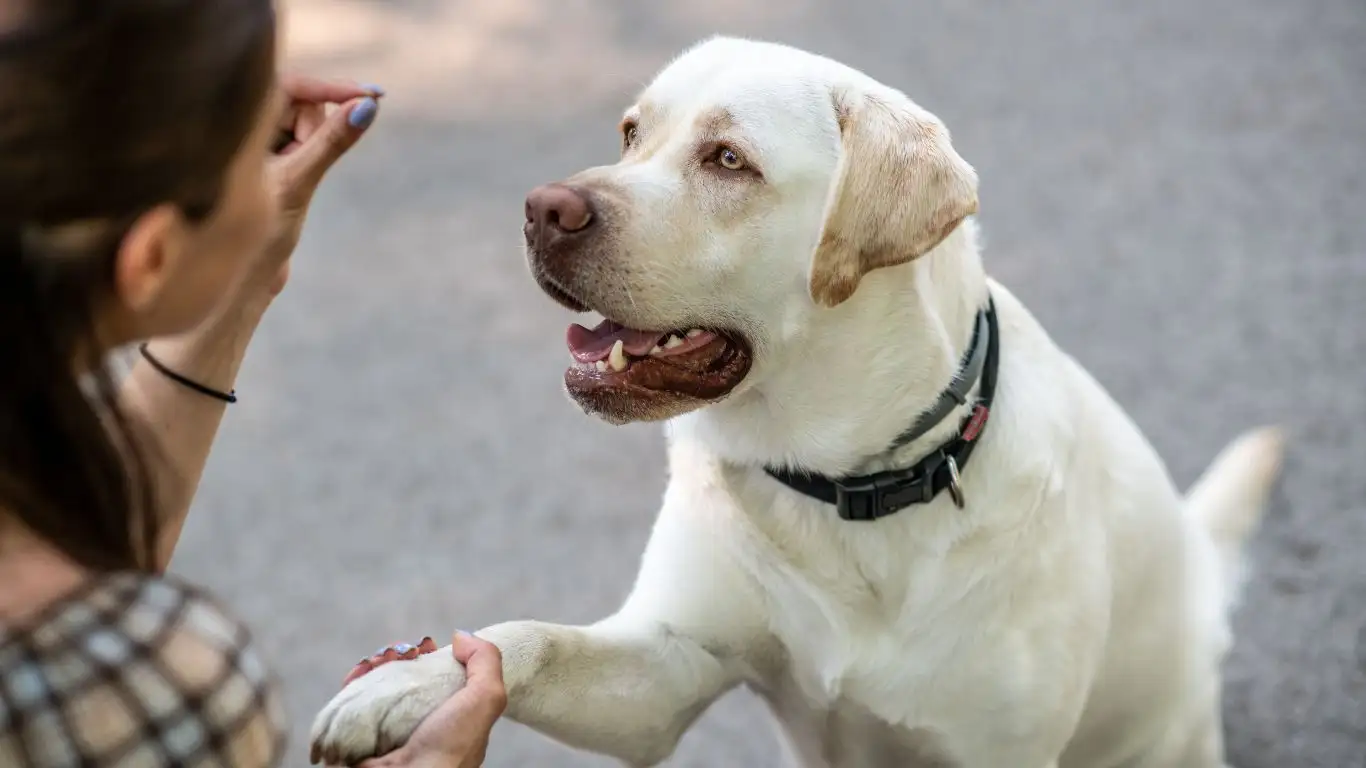
Before we dive into the specifics of how to train a dog to accept medication without stress, it’s important to understand why your dog may be stressed or anxious about the process in the first place. Dogs are creatures of habit, and they rely on routine to feel safe and secure. When you suddenly introduce something unfamiliar, like a pill or a syringe, it can create fear or anxiety. They may associate the act of taking medication with negative experiences, such as trips to the vet or uncomfortable feelings in their mouths.
It’s crucial to approach this training process with patience and compassion. Dogs don’t understand that the medication is meant to help them, so they might view it as something unpleasant. However, by teaching them that medication can be part of their regular routine and associating it with positive experiences, you can significantly reduce their stress.
Start Slow and Gradual
The first step in training your dog to accept medication without stress is to introduce the concept slowly and gradually. If you try to give your dog medication right away without any preparation, it’s likely to cause anxiety and resistance. Instead, take small steps to build familiarity and comfort. Here’s how you can do that:
- Start with Positive Reinforcement: Begin by rewarding your dog with treats or praise every time you touch their mouth, even if it’s just a light tap or a gentle stroke. The goal is to make your dog comfortable with you handling their face and mouth area. Over time, this will create a positive association.
- Use a Fake Pill: Start with an empty pill bottle or a small piece of food that resembles the shape of a pill. Give it to your dog along with a treat to create a positive experience. Let them get used to the idea that something may go into their mouth and then follow it with something they love – a treat!
- Build Up to the Real Thing: Once your dog is comfortable with the fake pill, you can start introducing the real medication, but always pair it with a reward. This could be a tasty treat or even a game they enjoy. The key is to make sure that taking the medication is always followed by something pleasant.
How to Train a Dog to Accept Medication Without Stress

Now, let’s get into the meat of the process—how exactly do you train your dog to accept medication without stress? The answer lies in making the process as stress-free as possible by utilizing techniques that promote trust and familiarity. These are some tried-and-tested methods to make administering medication less stressful:
Use Pill Pockets or Hidden Treats
If your dog is food-driven (and let’s be real, most dogs are!), one of the easiest ways to get them to take medication is by hiding it in a treat. Many pet owners use pill pockets, which are soft, flavored treats that can conceal a pill or capsule. Pill pockets work like magic because dogs often love the taste of them, and they’ll be none the wiser about the medication inside.
Another option is to use a soft treat that can be molded around the pill, such as peanut butter or cream cheese. Simply hide the pill inside the treat, and offer it to your dog as you would any other snack. Be sure to follow up with plenty of praise and perhaps another treat for the positive behavior. The goal here is to disguise the medication in something your dog enjoys, so they associate the experience with a positive reward.
Try the “Syringe Method” for Liquid Medications
Liquid medication can be a bit trickier, especially if your dog isn’t used to a syringe or dropper. However, with the right approach, you can make this process smooth and stress-free. The key is to desensitize your dog to the syringe before you even try to administer the medication.
- Start with the Syringe: Before introducing any liquid medication, get your dog used to the syringe or dropper. Fill it with water or a non-threatening liquid (like low-sodium chicken broth) and gently offer it to your dog, without forcing it. Praise and reward them when they show interest in the syringe.
- Introduce the Medication Gradually: Once your dog is comfortable with the syringe, you can introduce the medication. Gently place the syringe in the side of their mouth and slowly squirt the liquid in. Be sure to offer lots of praise and a reward afterward.
- Make it a Routine: Just like with pills, consistency is key. Give your dog medication at the same time each day, so they start to recognize it as part of their routine, reducing any anxiety they may have around the process.
Focus on Positive Reinforcement
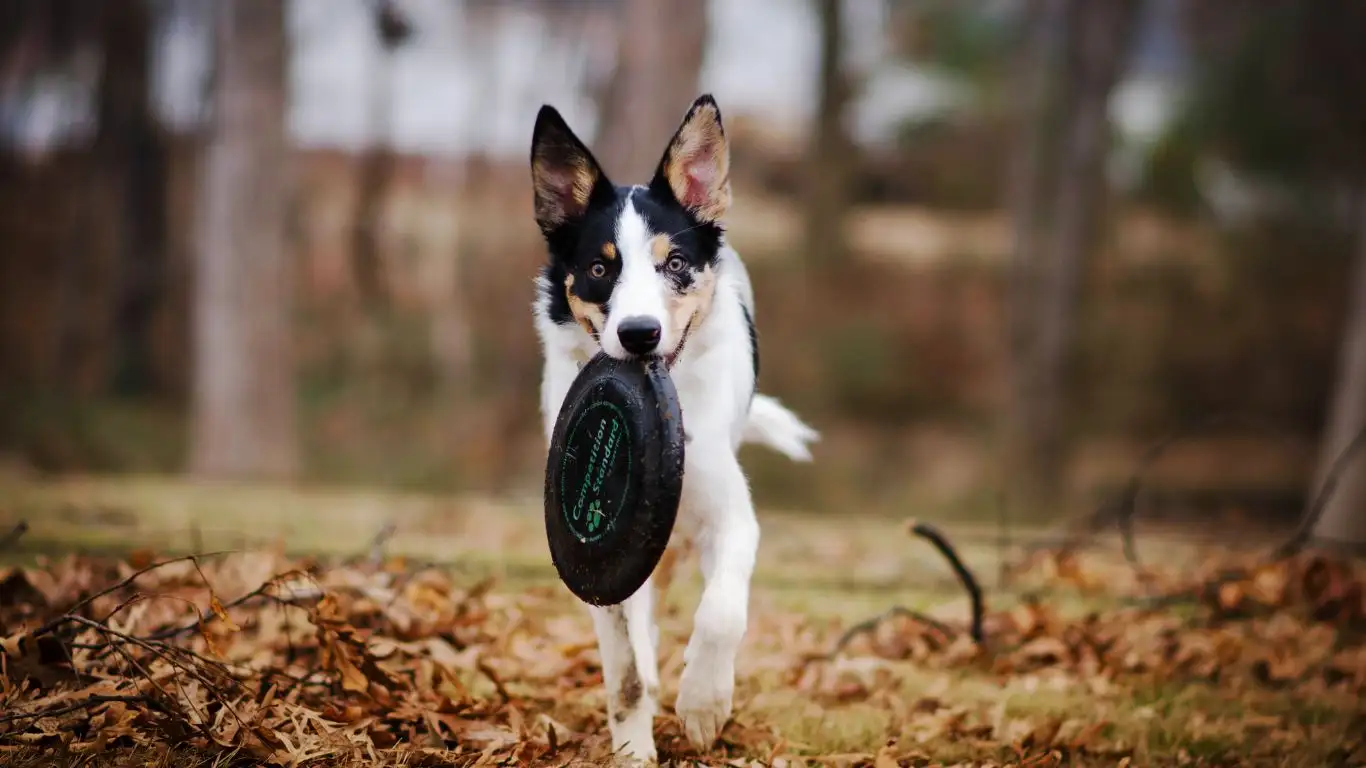
Positive reinforcement is one of the most effective tools when it comes to training your dog to accept medication. By pairing the medication with rewards like treats, praise, and affection, you’re teaching your dog that taking medication leads to something positive. Over time, this can help reduce their stress levels and encourage them to accept the process willingly.
Remember, consistency is key when using positive reinforcement. Even if your dog initially resists, continue rewarding them every time they cooperate. This will reinforce the behavior, making it more likely they’ll accept medication without stress in the future.
Establish a Calm and Positive Environment
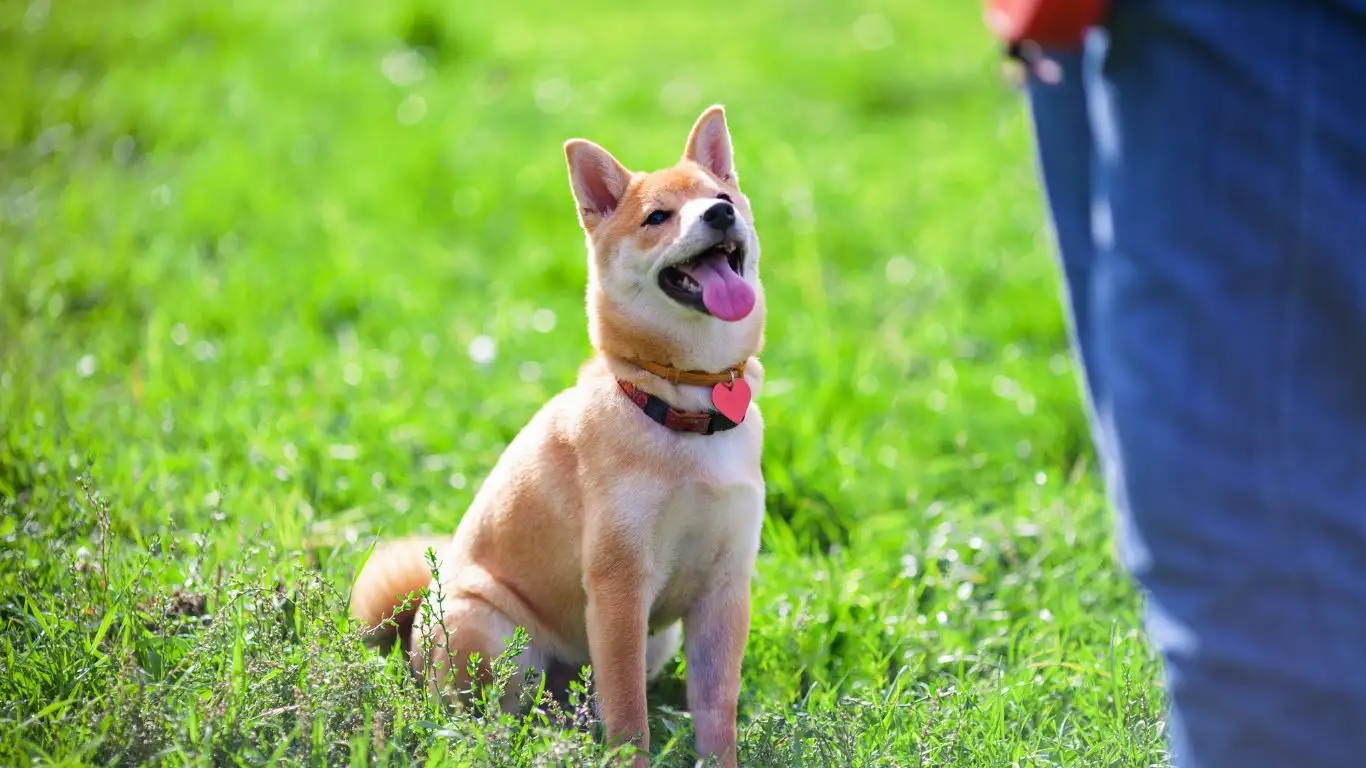
Creating the right environment for your dog when giving medication is just as important as the training itself. If you’re stressed, your dog will pick up on it, and it can make the entire process even more difficult. I can’t stress this enough – dogs are incredibly sensitive to our emotions, so keeping a calm and positive environment will make a huge difference in how they react to the experience. Here are a few ways to set the scene for success:
Keep the Atmosphere Relaxed
When it’s time to give your dog their medication, try to do so in a space that feels calm and familiar to them. Avoid giving the medication in a hectic or stressful area, like near a door where there’s a lot of noise or activity. Instead, choose a quiet room where both you and your dog can feel at ease. This makes a huge difference, especially for dogs that are naturally anxious or reactive.
Also, try to stay relaxed yourself. If you’re anxious about the process, your dog will sense it and become stressed too. So take a few deep breaths and keep your tone calm and reassuring when you’re interacting with them. Over time, your dog will begin to associate this calmness with the process of taking medication.
Limit Distractions
Minimize distractions during medication time. Turn off the TV, keep other pets in a separate area, and make sure nothing else is pulling your attention away from your dog. The goal is to make this a focused, one-on-one moment, so your dog doesn’t feel overwhelmed by external noise or commotion. This will help them focus on the positive rewards instead of feeling distracted or stressed.
Consider Using a Helper

If you have a dog that is particularly resistant to taking medication, or if you just need a little extra help, consider enlisting a friend or family member to assist. Having an extra set of hands can make the process smoother and less stressful for both you and your dog. A helper can gently hold your dog in place, making sure they stay calm while you focus on administering the medication.
One Person, One Task
When you have a helper, try to divide the tasks. For example, one person can hold your dog still while the other administers the medication. This prevents you from feeling overwhelmed, and it ensures that your dog is gently restrained without feeling threatened. If you try to juggle both tasks on your own, it can be harder to stay calm and confident, which could make your dog anxious.
Make sure the person helping is calm and gentle as well. The last thing you want is for your dog to associate the medication process with any form of anxiety or fear, so have the helper use a soft voice and positive reinforcement throughout.
Addressing Common Challenges in Medication Training
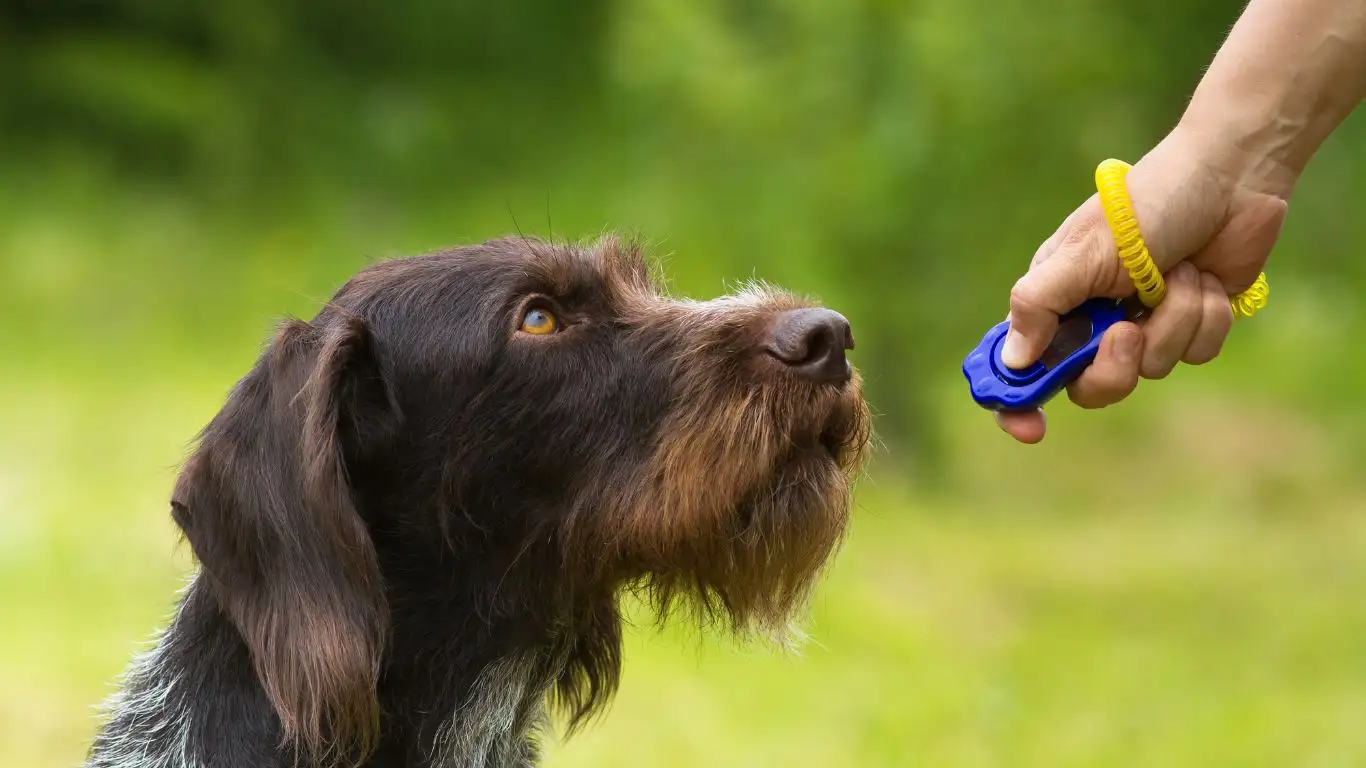
Even with all the best intentions, training a dog to accept medication without stress doesn’t always go as smoothly as we hope. There may be bumps along the way. As someone who’s worked with numerous dogs in therapy and training sessions, I’ve encountered my fair share of challenges when it comes to medication training. But with persistence, these challenges can be overcome. Here are a few common problems you may face and how to address them:
Problem #1: Dog Doesn’t Want to Swallow the Medication
If your dog keeps spitting out pills or refusing to swallow liquid medication, it can be frustrating. But don’t give up just yet! There are a few things you can try:
- Use Pill Crushers or Splitters: If your dog is having trouble swallowing a pill whole, you can try crushing it or splitting it into smaller pieces. You can then hide the pieces inside food like peanut butter, cheese, or a treat your dog loves. Make sure the medication can be safely crushed by consulting with your vet first.
- Switch to Liquid Form: If your dog refuses to swallow a pill, ask your vet if a liquid version of the medication is available. Liquid medicine is sometimes easier for dogs to accept, especially if you mix it with a treat or something flavorful.
- Try Different Pill-Hiding Foods: If your dog is picky about the food you use to disguise pills, try different options. Dogs can be quite discerning about what they like, so experiment with a variety of foods like soft cheese, deli meats, or even a small amount of canned food. You might have to try a few different things before you find the perfect pill hiding spot!
Problem #2: Dog Shows Aggression or Fear
If your dog reacts aggressively or with fear when you try to give them medication, it’s essential to address this behavior immediately to avoid making the situation worse. Aggression could stem from anxiety or past negative experiences, so it’s important to take a gentle approach:
- Desensitize Gradually: Start by getting your dog used to having their face and mouth handled gently. Use positive reinforcement to reward them each time they allow you to touch their mouth, even if they’re not taking medication yet. Gradually increase the time you spend handling their face and mouth until they are comfortable with it.
- Make the Process Short and Sweet: If your dog becomes frightened or aggressive, don’t force them to take the medication. Instead, take a break and try again later. It’s important to keep the sessions short to avoid overwhelming your dog. Patience is key!
- Consult a Trainer or Behaviorist: If aggression or fear is a persistent issue, consider consulting a professional dog trainer or animal behaviorist. They can provide tailored strategies to help your dog become more comfortable with medication time and address any underlying behavioral concerns.
Use Medication Time as a Bonding Opportunity
Finally, I encourage you to see medication time not just as a task to get through, but as a special opportunity to bond with your dog. This is a time when you can build trust, show affection, and demonstrate your care and compassion for them. I’ve seen countless dogs become more comfortable with the medication process when owners make it a positive and loving experience.
Try speaking softly to your dog, offering treats or belly rubs, and showing them that taking their medicine doesn’t have to be a negative experience. Over time, they’ll begin to associate the whole process with love, trust, and positive reinforcement, which will make it much easier to handle in the future.
Common Mistakes to Avoid When Training Your Dog to Take Medication
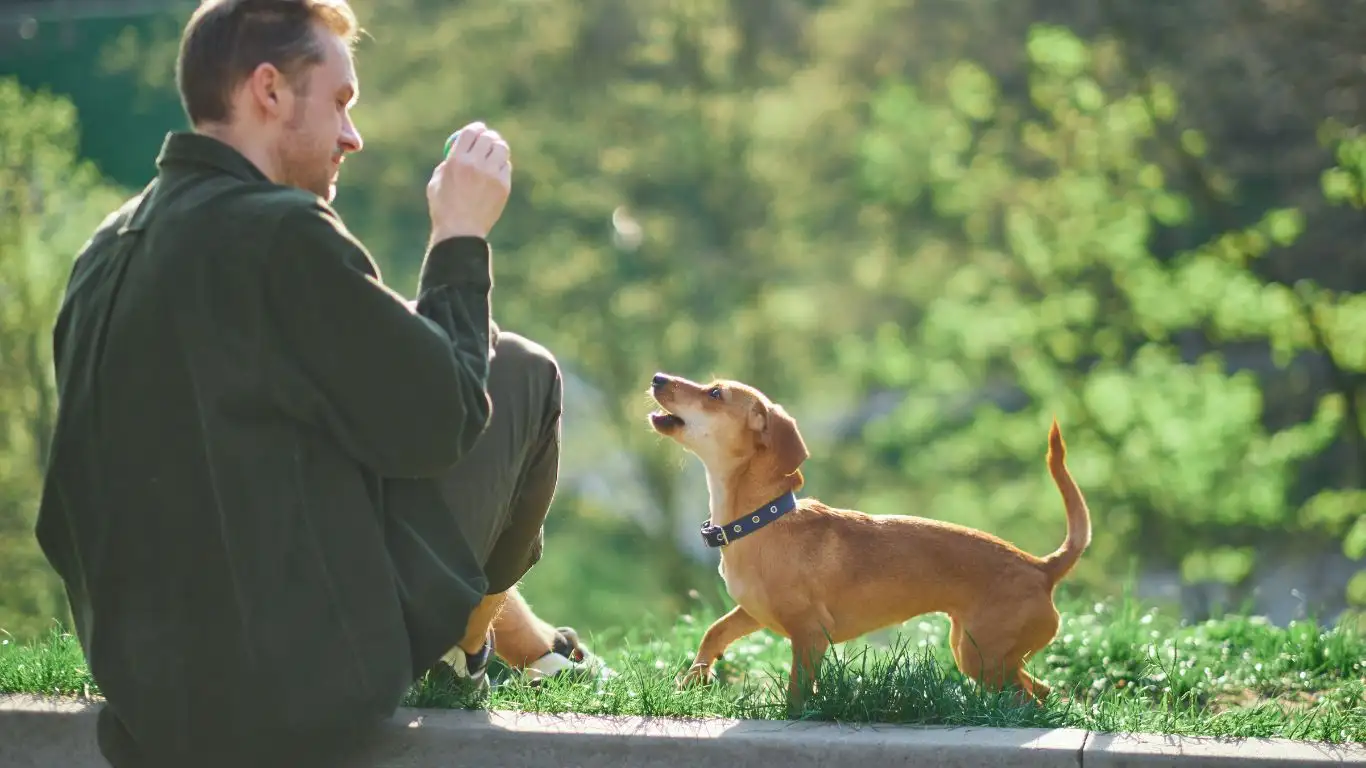
As with any type of dog training, it’s easy to fall into habits that make things harder rather than easier. I’ve seen many dog owners unknowingly create more stress around medication time simply by making a few small mistakes. In this section, I’ll share some of the most common pitfalls that can hinder your progress and how you can avoid them:
1. Rushing the Process
One of the biggest mistakes I see dog owners make is rushing the training process. I get it, life is busy, and you might want to get the medication over with as quickly as possible. But, trust me when I say that rushing only leads to more stress, both for you and your dog. Training takes time, and if you try to move too quickly, your dog may become more anxious, resistant, or even fearful of the process.
Remember, patience is your best friend here. Take small steps, and don’t push your dog too far or too fast. If your dog isn’t ready to take the pill in one go, that’s okay! Celebrate the small victories and work at a pace that’s comfortable for both of you. Over time, you’ll build their trust, and the process will become easier.
2. Not Using Enough Positive Reinforcement
Another mistake that can easily slip by is not using enough positive reinforcement. I can’t tell you how many times I’ve seen owners forget to reward their dog after a successful dose of medication, or worse, reward them too inconsistently. Positive reinforcement is what makes training stick – and it’s what helps your dog associate taking medicine with good things!
Make sure you’re offering treats, praise, or even their favorite toy after they’ve successfully taken their medication. And don’t skimp on the enthusiasm – your dog will pick up on how excited you are, and it will help them understand that taking medication means something great happens afterward.
3. Forcing Your Dog to Take the Medication
It might be tempting to just force the medication into your dog’s mouth, but this can backfire. It can lead to fear and mistrust, making the process even more stressful for both of you. I’ve seen this with many clients in my training sessions. If a dog has negative experiences around medication, they’ll be more likely to fight you in the future.
Instead of forcing your dog, try gently coaxing them or using distraction techniques, like offering a tasty treat to take their mind off the medication. And always go at your dog’s pace, even if it means taking a break and coming back to the process later. You’ll be much better off in the long run by building a positive, cooperative environment.
When to Consult a Professional Trainer or Veterinarian

While many dog owners are able to train their dogs to take medication without professional help, there are situations where it might be necessary to seek advice or assistance from a professional. If you’re struggling with your dog’s resistance or aggression during medication time, or if the process is becoming too stressful, it’s a good idea to consult a professional.
When to Seek a Professional Dog Trainer
If your dog is exhibiting signs of aggression or extreme anxiety during medication time, it’s time to consider reaching out to a professional trainer. Trainers can help you with desensitization techniques, create a personalized plan to work through your dog’s issues, and teach you how to handle difficult situations in a calm and effective way. I’ve worked with many clients who’ve had great success in overcoming medication-related stress with the help of a professional trainer.
When to Consult a Veterinarian
If you’ve tried multiple methods and your dog still refuses medication, or if you’re dealing with ongoing health issues that require medication, don’t hesitate to consult your veterinarian. There may be underlying health issues that are causing your dog to resist taking medication, or your vet might be able to suggest alternative medication options that are easier to administer.
Sometimes, there are also medical conditions that can affect your dog’s ability to swallow pills or liquid medicine. A vet can suggest safe alternatives or even give you tips for administering medication that might be more effective for your dog’s specific needs.
References
Disclaimer
While the information provided in this article is based on my experience as a Canine-Assisted Therapy Trainer, it is not a substitute for professional veterinary or training advice. Always consult your veterinarian or a professional dog trainer if you are experiencing challenges with your dog’s medication regimen. Every dog is unique, and what works for one may not work for another, so it’s essential to find the best approach for your specific situation.






